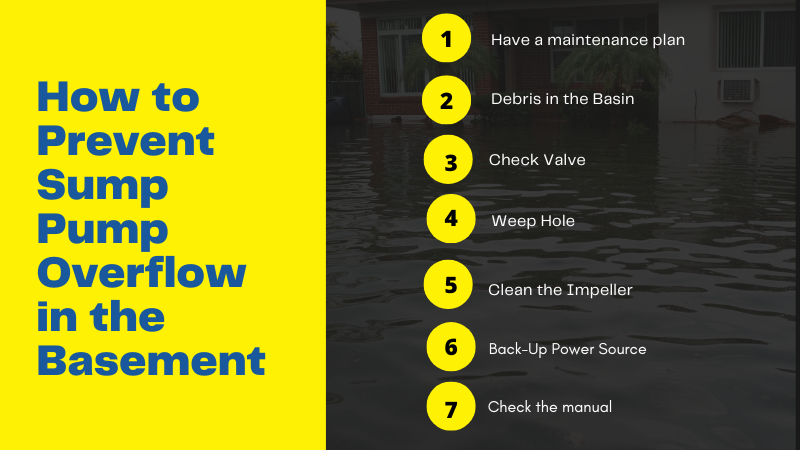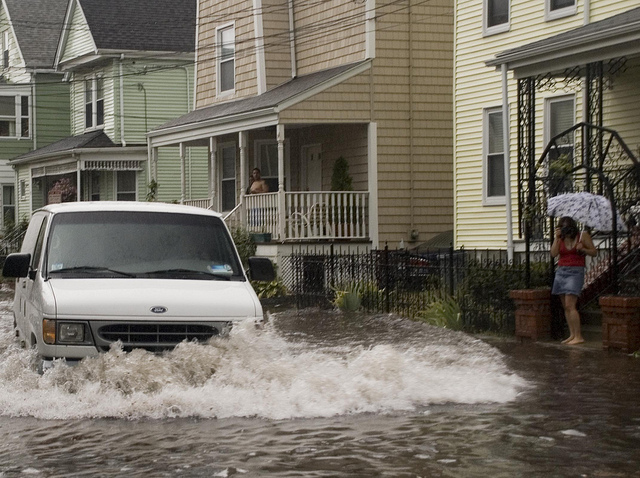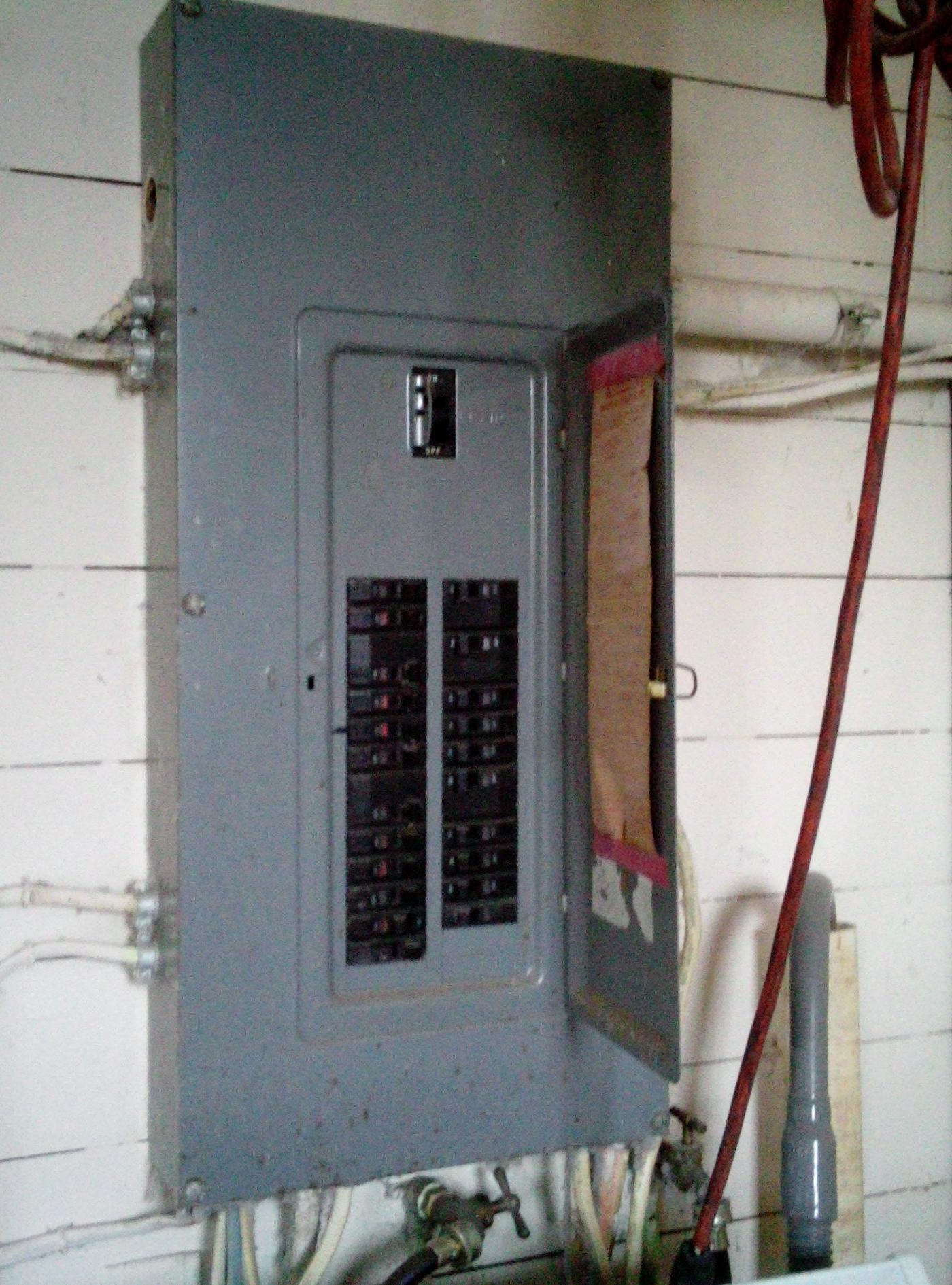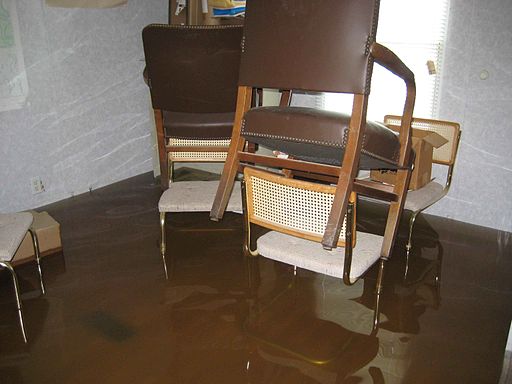How to Prevent Sump Pump Overflow in the Basement
We are now entering the time of year with the heaviest rainfall and many homeowners are concerned that their basements will flood. Installing a sump pumpA sump pump is a pump installed in a basement or crawlspace ... More in your basement is a great way to prevent floods during heavy rains, but there are a number of ways the sump pumpA sump pump is a pump installed in a basement or crawlspace ... More can fail and eventually overflow. The following are common problems that can cause sump pumps to overflow and the best solutions for solving these problems. Keep in mind that you should unplug the sump pumpA sump pump is a pump installed in a basement or crawlspace ... More from its power source before attempting to correct any of these problems.

The following tips will help prevent sump pump overflow in your basement:
- Have a maintenanceMaintenance is the routine care, inspection, and repair of a... More plan: To create a sump pumpA sump pump is a pump installed in a basement or crawlspace ... More care plan, start by finding out what sump pumpA sump pump is a pump installed in a basement or crawlspace ... More maintenanceMaintenance is the routine care, inspection, and repair of a... More you’re doing already. This will help you create a schedule and prioritize the items that are important to your system. Once you have this information, think about what needs to be done to keep your sump pumpA sump pump is a pump installed in a basement or crawlspace ... More running smoothly. Consider the age of your pump, its location, how it reacts in different conditions, etc.
- Debris in the Basin: Sometimes debris such as children’s toys and other household objects may fall into the basin and interrupt the float mechanism which can cause it to malfunction. The float mechanism can also fail naturally over time. To test this mechanism, fill up the basin with water to make sure the sump pumpA sump pump is a pump installed in a basement or crawlspace ... More starts like it should.
- Check Valve: The check valve prevents water from going back into the sump pumpA sump pump is a pump installed in a basement or crawlspace ... More in the event of a failure. Make sure to check this valve because it is not always installed properly; the arrow should be pointing away from the sump pumpA sump pump is a pump installed in a basement or crawlspace ... More.
- Weep Hole: Sometimes sump pumps may have a weep hole between the pump and the check valve. You can clean the weep hole with a tiny object such as a toothpick, just be careful not to break anything off in the hole.
- Clean the Impeller: The impeller is a small filter that may become clogged and when this happens it can cause the sump pumpA sump pump is a pump installed in a basement or crawlspace ... More to suddenly stop running or make a whining noise. Cleaning or replacing the impeller can get the sump pumpA sump pump is a pump installed in a basement or crawlspace ... More to function properly again.
- Back-Up Power Source: Sump pumps are only useful when plugged into a power source and if the power goes out during a thunderstorm, the sump pumpA sump pump is a pump installed in a basement or crawlspace ... More will stop working. Installing a backup power source for the sump pumpA sump pump is a pump installed in a basement or crawlspace ... More is the best way to prevent this from happening in the middle of a thunderstorm when the sump pumpA sump pump is a pump installed in a basement or crawlspace ... More is needed the most.
- Check the manual: Sump pumps need to be maintained in order to function properly. Check the owner’s manual on your pump to see what maintenanceMaintenance is the routine care, inspection, and repair of a... More it can handle, and how long you should wait between services.
As the season of heavy rains arrives, make sure to check your sump pumpA sump pump is a pump installed in a basement or crawlspace ... More for these potential problems so that you are prepared when it rains. If your home does experience some floodingFlooding is the overflow or accumulation of water in areas t... More due to heavy rainfall or a sump pumpA sump pump is a pump installed in a basement or crawlspace ... More failure, make sure to call for professional water damage restoration immediately to help limit the damages.













What great information! I didn’t realize these common causes of problems in flooding. I know a lot of folks will be helped. Very practical and written in a way any of us out here may understand!
Thank you!
This is a perfect article to save because you never know when you will need it!
Thanks for the great info… not many sites have this type of information, and you never know when you will need it. Book marking this site. Thanks
Excellent advice. The last thing anyone needs or wants is a flooded basement. Nothing goods happens then!